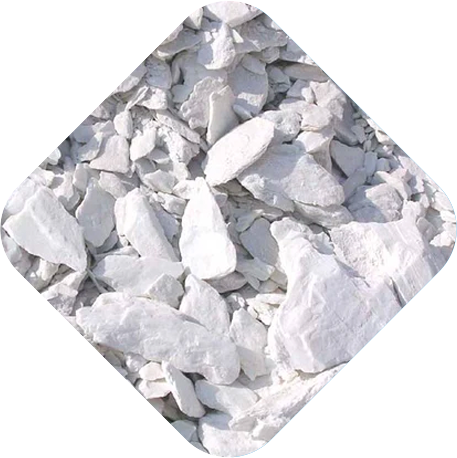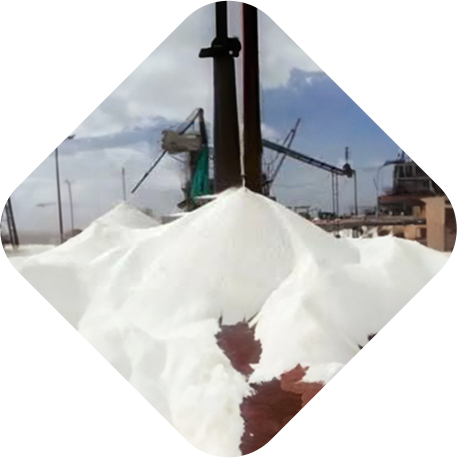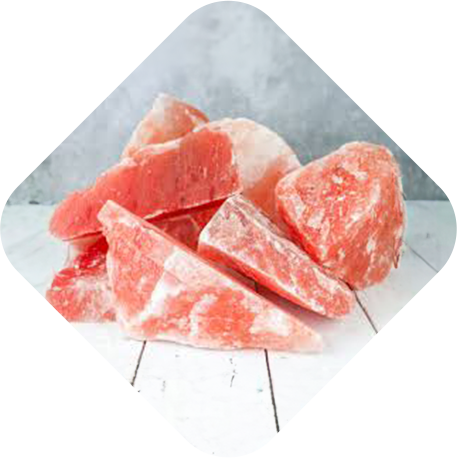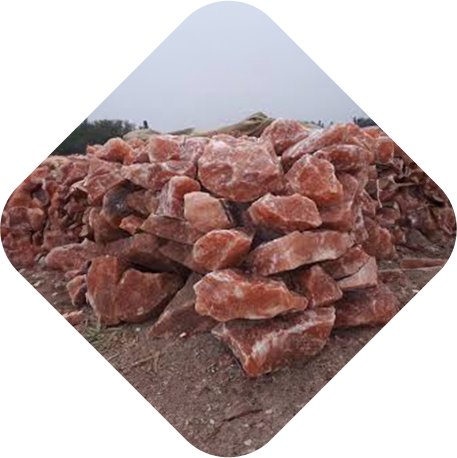
TALC CHIPS & Powder
Talc Mg3Si4O10(OH)2 the name has been in use since antiquity and is derived from the Arabic. Talc is a highly lamellar product. It is suitable for applications where very fine, pure and bright product is required.
- Extreme Softness
- Moderate Lustre
- Lubrication Properties
- Low Moisture Content
- Ability to absorb Oil and Grease
- Chemical Inertness
- High Fusion Point
- Low Conductivity for Heat and Electricity
- Good Hiding Power as a pigment

SILICA QUARTZ LUMPS
Quartz lumps are a naturally occurring form of quartz, a mineral composed primarily of silicon dioxide (SiO2). They are highly durable, heat-resistant, and chemically inert, making them valuable in various industrial applications.

SILICA SAND
Silica sand, also known as quartz sand, white sand, or industrial sand, is made up of two main elements: silica and oxygen. Specifically, silica sand is made up of silicon dioxide (SiO2). The most common form of SiO2 is quartz – a chemically inert and relatively hard mineral.

Sea Salt
Sea salt is salt that comes from evaporated ocean or saltwater lake water. It's usually less processed than table salt and may contain trace minerals. Sea salt is a minimally processed type of salt that adds flavor to foods and can be used in various home remedies.

De-Icing Salt
De-icing salt, also commonly called "road salt", is a substance, typically sodium chloride (NaCl), used to melt ice on roads and sidewalks by lowering the freezing point of water, essentially preventing ice from forming or adhering to surfaces; it works by absorbing moisture from the air and creating a brine solution that melts the ice around it.

Himalayan Pink Salt
Himalayan pink salt is a type of rock salt that comes from Pakistan. It's mined from the Khewra Salt Mine, which is one of the oldest and largest salt mines in the world.
Characterstics:
- It's mostly made of sodium chloride, but also contains many trace minerals, including calcium, potassium, magnesium, and iron oxide
- It's unrefined and minimally processed, so it's thought to be more natural than table salt
- It's pink in color due to the iron oxide and other trace minerals

Rock Salt
Rock salt is a natural form of sodium chloride (NaCl) that's mined from underground deposits. It's also known as halite.
Characterstics:
- It's the least processed form of salt, retaining natural impurities.
- It's typically colorless or white, but can also be other colors.
- It forms isometric crystals.
- t's found in sedimentary deposits, such as dry lake beds, inland marginal seas, and enclosed bays and estuaries.
- Deicing roads because it lowers the freezing point of water
- Treating pieces of meat and fish to preserve them
- Supplying essential nutrients to cattle and other ruminants
- Used in many industrial processes, such as water treatment, agriculture, chemical manufacturing, toothpaste manufacturing, detergent manufacturing, paper manufacturing, and more
Get in Touch
We deliver positive impact worldwide